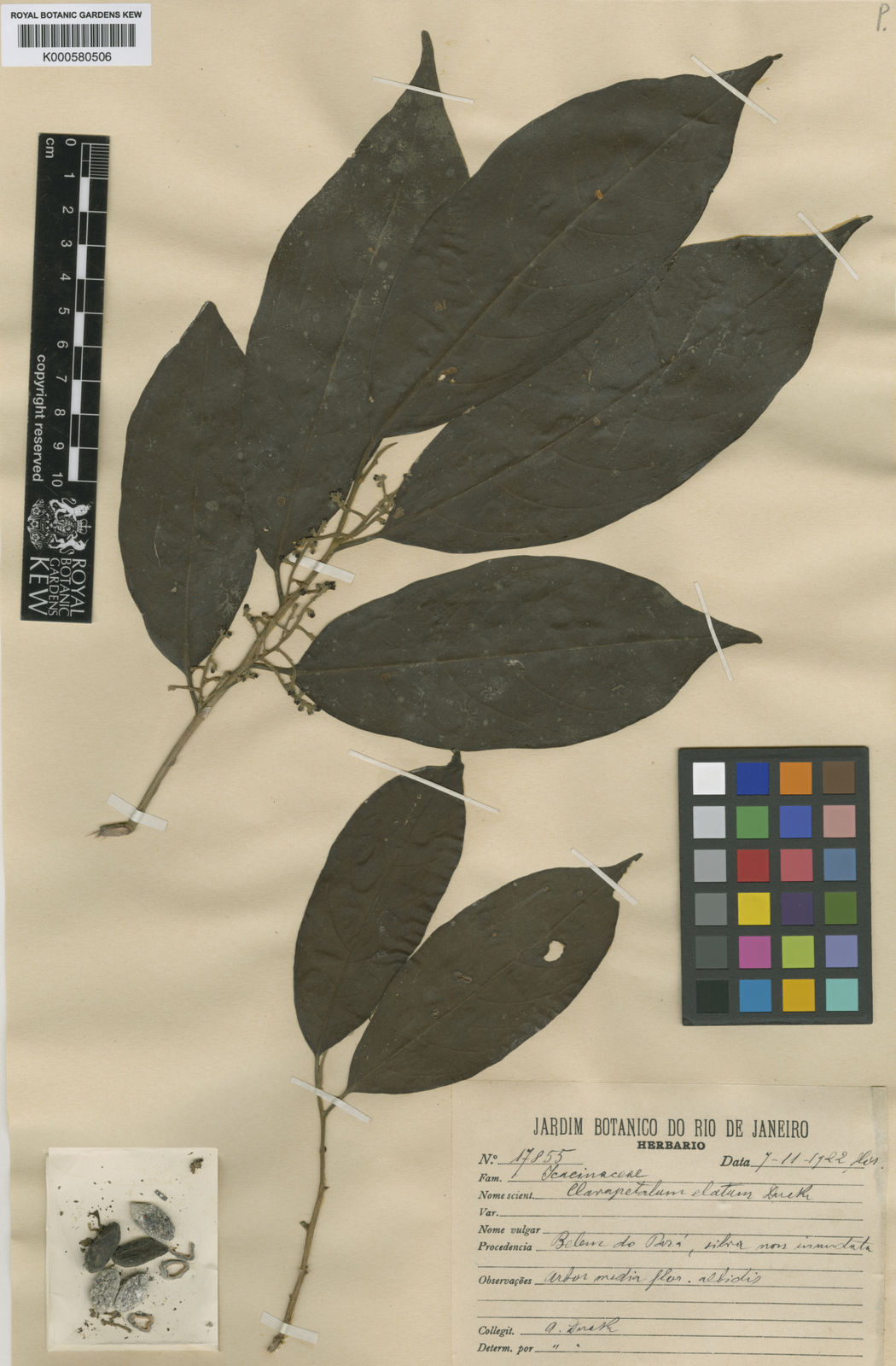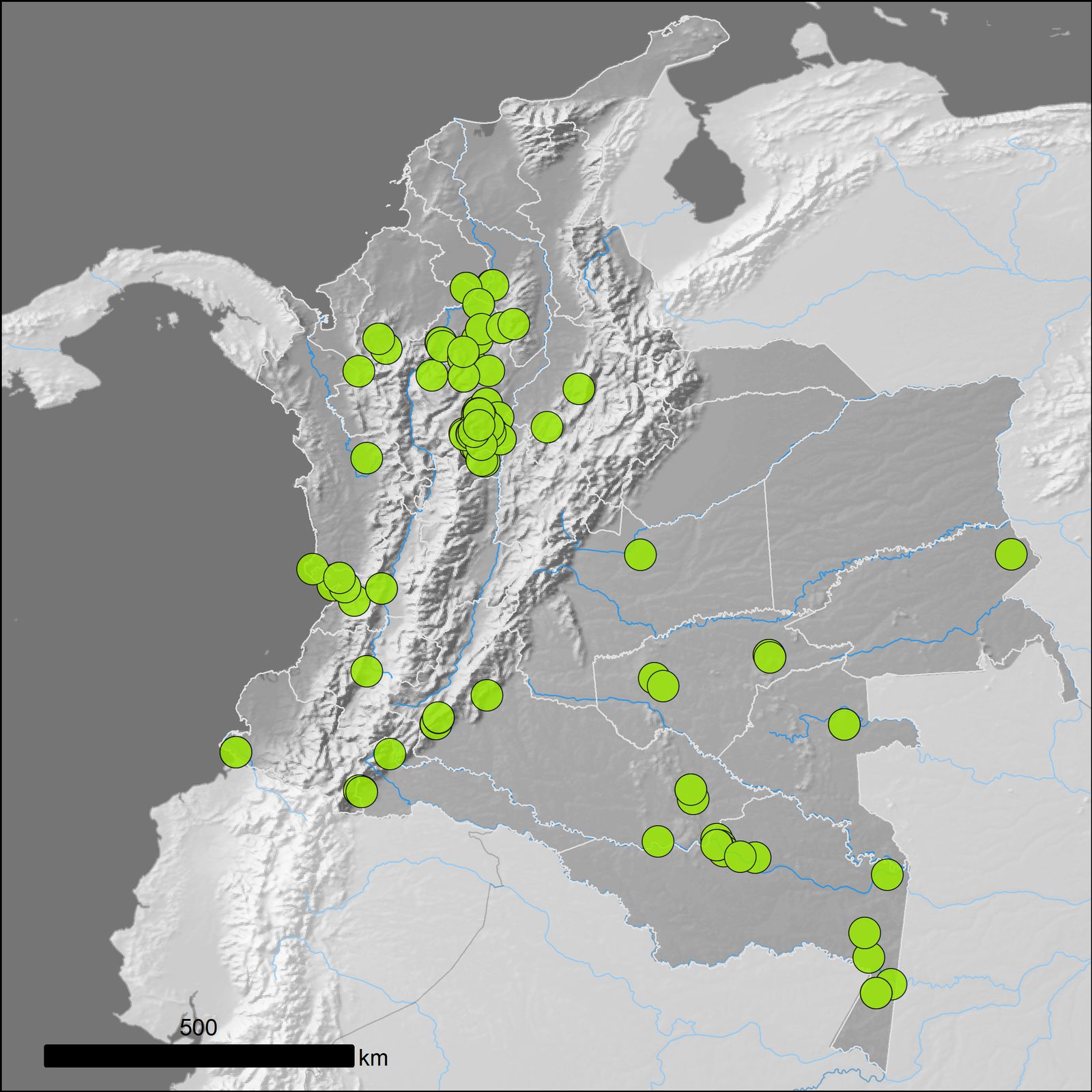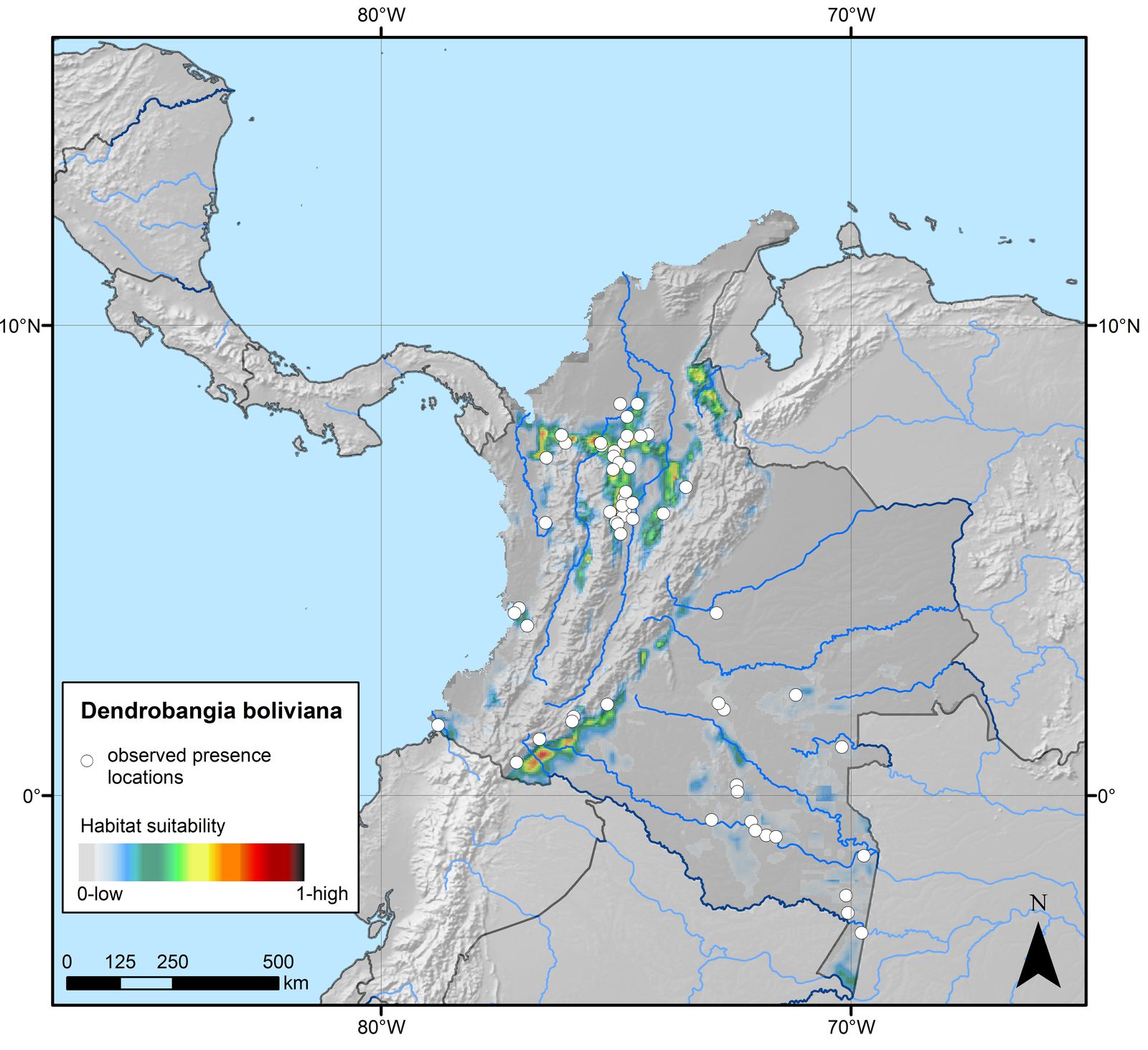unknown
dendrobangia boliviana
Also known as: []
Overview
A species of flowering plant in the family Fabaceae, native to South America.
Benefits & Perks
["rare/collector’s item"]
Botanical Classification
| Phylum: | Magnoliophyta |
| Class: | Magnoliopsida |
| Order: | Fabales |
| Family: | Fabaceae |
| Genus: | Dendrobangia |
| Botanical Name: | Dendrobangia boliviana |
Plant Characteristics
Basic Information
- Category: Trees
- Suitable Location: indoor pot with bright, indirect light
- Suitable For:
- Is Weed: No
- Allergenicity: unknown
Environmental Needs
- Climate: {"temperatureRange":"15–28°C"}
- Hardiness: {"zones":"10–12"}
- Misting: every 2–3 days to maintain humidity
- Drainage: Fast-draining to prevent waterlogging.
- Soil Type: Well-draining mix with organic matter, such as orchid bark or perlite.
Maintenance Level
- Maintenance Level: unknown
- Toughness Level: unknown
- Pruning Frequency: Annually or as needed to maintain shape.
- Pruning Intensity: Moderate; remove up to one-third of growth if overgrown.
Care Details
Ideal Sunlight Coverage:
Bright indirect light for 6–8 hours daily; adjust for seasonal light changes.
Sunlight Tolerance Tips:
Acclimate gradually to intense light; avoid direct sun to prevent scorching; place in a spot with filtered light indoors or dappled shade outdoors.
Care Requirements
Care Difficulty
unknownmoderate
Sunlight
partial shade to filtered light
Rotate plant for even light exposure; use sheer curtains to filter direct sun; monitor for light stress.
Watering
every 7–10 days during active growth, reduce in winter
Water deeply but infrequently; ensure proper drainage; adjust based on season and growth stage.
Soil
well-draining, organic-rich potting mix
pH: Slightly acidic to neutral (pH 5.5–6.5).
Ensure soil dries between waterings; avoid heavy clay soils; amend with organic matter.
Temperature
Prefers 65–75°F (18–24°C); tolerates a range of 50–85°F (10–29°C) with protection from extremes.
Avoid sudden temperature changes; protect from drafts; maintain consistent warmth during active growth.
Fertilizing
every 2 weeks during growing season, monthly in winter
Fertilize only when actively growing; flush soil occasionally to prevent salt buildup; avoid over-fertilizing.
Propagation
Methods
Stem cuttings with leaf nodes.
Step-by-Step Propagation Guide
- Take cutting, apply hormone, plant in medium, maintain humidity, wait for roots.
Best Time: Spring or early summer when the plant is actively growing.
Environment
High humidity, indirect light, and warm temperatures (70–75°F).
Medium
Well-draining mix of peat and perlite or cactus mix.
Hormone
Recommended to promote root development.
Timeline
Roots in 4–6 weeks; establish in 2–3 months.
Tools Needed
Pruners, rooting hormone, small pots, humidity dome.
Quick Tips
Use healthy, non-flowering stems; maintain consistent moisture; provide bottom heat if possible.
Pruning & Repotting
Pruning Guide
Method
Selective cutting of stems to shape plant; avoid cutting into old wood.
Pruning Plan
Remove dead or leggy growth to encourage bushier form and better flowering.
Tools
Clean pruners or scissors, disinfectant.
Checklist
Sanitize tools, prune dead/leggy stems, shape plant, clean up debris.
Repotting Guide
Best Season
Spring, before active growth begins.
Pot Size
One size larger pot; ensure it has drainage holes.
Method
Use fresh potting mix, ensure good drainage, gently tease out crowded roots.
Suggestions
Repot every 2–3 years or when roots fill the pot; beneficial for growth and health.
Checklist
Check root bound status, prepare new pot, use fresh soil, water after repotting.
Advanced Care Tips
Watering Mastery
Watering Checklist
Check soil moisture, water thoroughly, ensure drainage, adjust for season.
How to Apply Water Properly
Water at the base of the plant, ensuring moisture reaches the root zone; allow excess water to drain away; water in the morning to reduce evaporation.
Watering Schedule Tips
Water thoroughly when the top inch of soil is dry; reduce frequency in winter to prevent root rot.
Soil Improvement
Add perlite or orchid bark for drainage; incorporate compost for fertility.
Temperature Stress Management
Signs of Temperature Issues
Leaf drop, yellowing, stunted growth, or bud drop.
Cold Stress
Slows growth, may cause leaf discoloration or drop; prolonged cold can damage roots.
Solution: Move to a warmer location; insulate roots with mulch; avoid cold drafts.
Hot Stress
Wilting, leaf scorch, or reduced flowering due to excessive heat.
Solution: Provide shade, increase humidity, water more frequently but avoid waterlogging.
Fertilizing Guide
Fertilizing Checklist
Check growth stage, dilute fertilizer, apply to moist soil, flush periodically.
Fertilizing Method
Use balanced liquid fertilizer diluted to half strength every 4–6 weeks during growing season (spring/summer); cease in fall/winter.
Common Problems & Solutions
Toxicity Warning
Cats
Non-toxicDendrobangia boliviana is not known to be toxic to cats. There are no reported cases of adverse effects in felines after exposure to this plant.
⚡ Toxic If:
None
Dogs
Non-toxicDendrobangia boliviana is not known to be toxic to dogs. There are no reported cases of adverse effects in canines after exposure to this plant.
⚡ Toxic If:
None
Humans
Non-toxicDendrobangia boliviana is not known to exhibit any toxic properties to humans. The plant has not been documented to cause any adverse effects upon ingestion or contact.
⚡ Toxic If:
None
Frequently Asked Questions
Q: Is Dendrobangia boliviana commonly cultivated?
A: No, it is rare and primarily of interest to collectors and botanists.
Q: What is the natural habitat of Dendrobangia boliviana?
A: It is native to South American forests.
Q: Does Dendrobangia boliviana have any known uses?
A: There are no widely documented uses for this species.
Quick Reference
| Family: | Fabaceae |
| Care: | unknown |
| Light: | partial shade to filtered ligh |
| Water: | every 7–10 days during activ |
Get Expert Care Tips
Download the Plantious app for personalized care reminders and plant identification!
Google Play App Store








